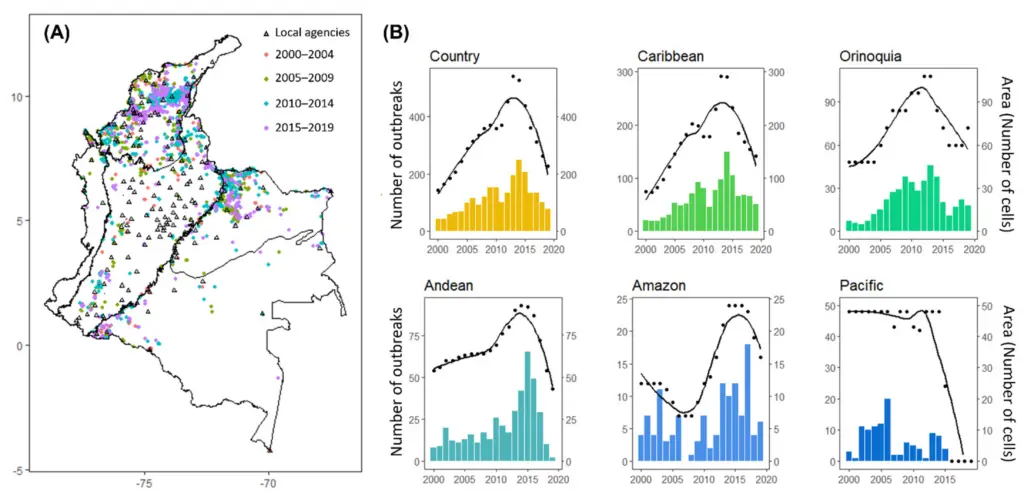Debating between Arborvitae and Cedar for your next gardening project? These two popular landscaping choices, although they might seem similar at first glance, carry distinct characteristics and uses that set them apart.
This comprehensive guide is geared toward getting you acquainted with all there is to know about Arborvitae and Cedar. From understanding what they are and where they naturally thrive, to a detailed comparison of their growth habits, maintenance, and potential uses—this guide is your one-stop source. Let’s embark on this botanical journey to help you make an educated choice for your specific needs.
What Are the Different Uses of Cedar and Arborvitae in Landscaping?
Cedar and arborvitae are popular choices in landscaping due to their versatile uses. Cedar is often used for fencing and decking, while arborvitae is commonly planted as a privacy screen or in hedging. The difference between woods and forest lies in their density, growth patterns, and overall ecological impact.
Understanding Arborvitae
Arborvitae, also widely known as Thuja, is a type of coniferous tree belonging to the cypress family. The name ‘arborvitae’ literally translates to “tree of life”, which is derived from the plant’s supposed medicinal properties discovered in the 16th century.
These trees are an evergreen variety, which contributes to their popularity in landscaping because they maintain their vibrant green color throughout all seasons. Arborvitaes are notable for their neat, pyramid-like shape which gives them a naturally tidy appearance.
The native regions of the arborvitae family include northeastern parts of North America, with also widespread occurrence in eastern Asia, particularly China and Korea.
Typically, arborvitaes grow best under full sunlight to partial shade. They prefer a well-drained soil and are quite versatile in terms of pH levels. Although they can adapt to varying conditions, they are not drought-tolerant and need regular watering, particularly in summer months.
In the world of gardening and landscaping, arborvitaes are highly appreciated for their multiple uses. Thanks to their tall and dense growth, they can provide effective windbreaks or privacy screens. In addition, their attractive form and evergreen nature make them excellent choices for ornamental plantings.
There are several variety types of arborvitaes, each with its unique characteristics. For instance, the ‘Green Giant’ is known for its fast growth, resilience against snow damage and insects, and the ability to adapt to a broad range of soil types. Meanwhile, the ‘Emerald Green’ arborvitae is compact, making it ideal for tight spaces, and it has a brilliant emerald color that becomes slightly darker in winter.
A Close Look at Arborvitaes and Cedars
Exploring the distinctions between arborvitaes and cedars demonstrates several key differences, despite their shared evergreen property and similar growing conditions. Cedars are members of the Pinaceae family, whereas arborvitaes find their roots in the cypress family.
Cedar trees exhibit greater adaptability than arborvitaes regarding soil and temperature. Able to withstand drought and flourish in rocky or clay-rich soils, cedar trees exhibit a certain hardiness.
Another unique characteristic of cedar trees is their potent, long-lasting scent. This aroma not only pleases human senses, but can also repel pests including moths. Comparatively, arborvitaes lack strong fragrance, however, they excel as natural noise barriers, making them a popular choice for those wishing to reduce exterior noise.
The size disparity between the two is also significant, with many cedar species, especially true cedars, vastly outgrowing arborvitaes. This becomes an important consideration when planning your landscape.
Clearly, both arborvitaes and cedars possess their own sets of unique attributes, so making a choice between the two will invariably depend on the individual requirements and context of the given garden or landscape.
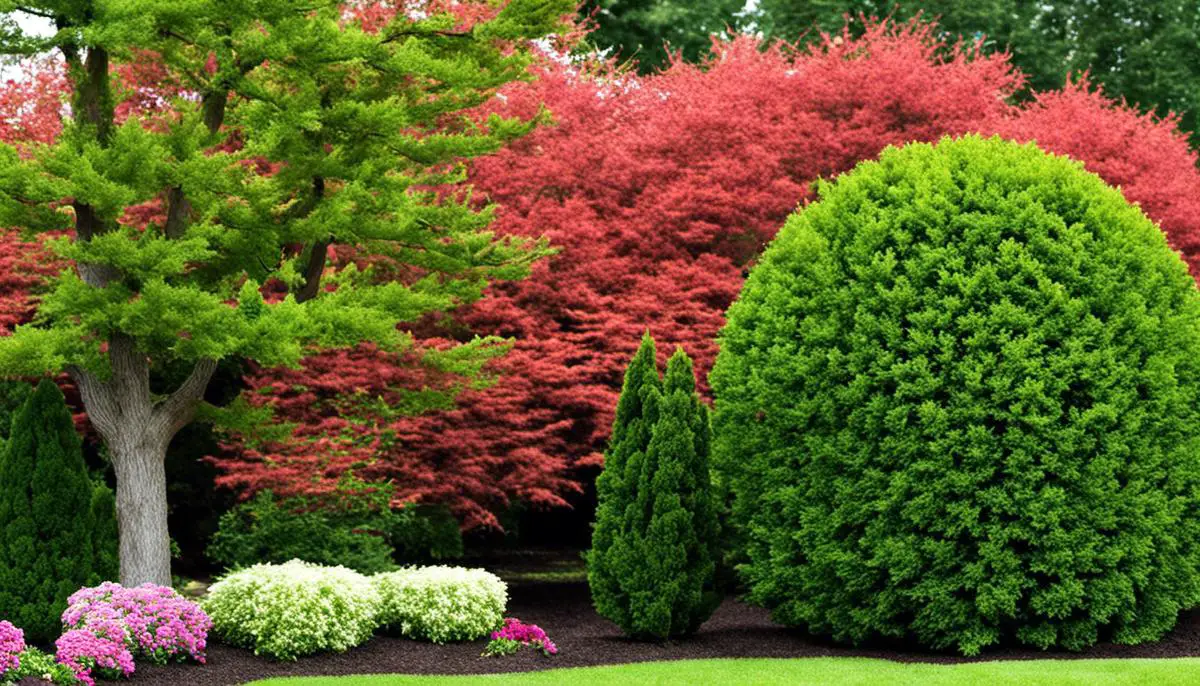
Delving into Cedar: Key Botanical Features
Cedars are evergreen conifers endemic to the Pinaceae family, celebrated for their unique features such as a tapering, conical structure, aromatic wood, and persistent, year-round foliage. Their ideal growing environment is a cool climate, and they can be found naturally in diverse regions, ranging from the Himalayas to areas across the Mediterranean.
Cedar: Optimal Growth Conditions
Cedar trees are quite adaptable, able to grow in different types of soil. However, they thrive best in well-drained, deep loam, or sandy soil. These trees also require plenty of sun and can resist cold temperatures harsh winter conditions. They are not particularly tolerant of urban pollution, so they are better suited to suburban or rural landscapes.
Uses of Cedar
Cedars are highly celebrated for their durable and aromatic wood. Their natural resistance to insects and rot makes their wood an excellent choice for construction and furniture making. Cedarwood is commonly used for building decks, gazebos, and other outdoor structures because of its weather resistance. Besides this, cedar is also used to manufacture wardrobes and chests, as the aroma helps repel moths and other insects.
Cedar in Landscaping
In landscaping, cedar trees are favored for their stately appearance and rapidly growing nature. They not only provide shade and privacy but also bring a sense of elegance to landscapes. Cedar hedges can serve as natural windbreakers and noise barriers. In addition, these trees are excellent for creating a wildlife-friendly environment because they offer shelter and food for various bird species.
Species of Cedar
There are a handful of cedar species commonly used in horticulture. The Eastern Red Cedar (Juniperus virginiana) is native to North America and is known for its adaptability and ornamental appeal. Lebanese Cedar (Cedrus libani) has an impressive stature and architectural silhouette, while the Deodar Cedar (Cedrus deodara) attracts attention with its drooping branches.
A Closer Look at Arborvitae in Comparison to Cedar
Even though both arborvitae and cedar are categorized as coniferous evergreens, they stem from disparate plant families. Arborvitaes, which belong to the Cupressaceae family, are primarily indigenous to North America and East Asia, exhibiting their distinctive scale-like foliage. Contrasting cedar trees in size, these arboreal plants are relatively smaller, often included in landscaping designs as hedges and borders.
Arborvitaes hold an advantage over cedar as they have better adaptability to urban pollution and can tolerate a broader variety of soil types, inclusive of clay. However, their Achilles’ heel is their lower resistance towards severe cold temperatures, evident in winter burn occurring under harsh conditions.
With regards to wood quality, arborvitaes do not measure up to the robustness and durability of cedar. Nevertheless, they possess a unique aesthetic charm with their thick and compact growth habit and fine texture. Arborvitaes display a spectrum of shapes and sizes, ranging from the narrow, tall ‘Emerald Green’ to the spherical ‘Golden Globe’.
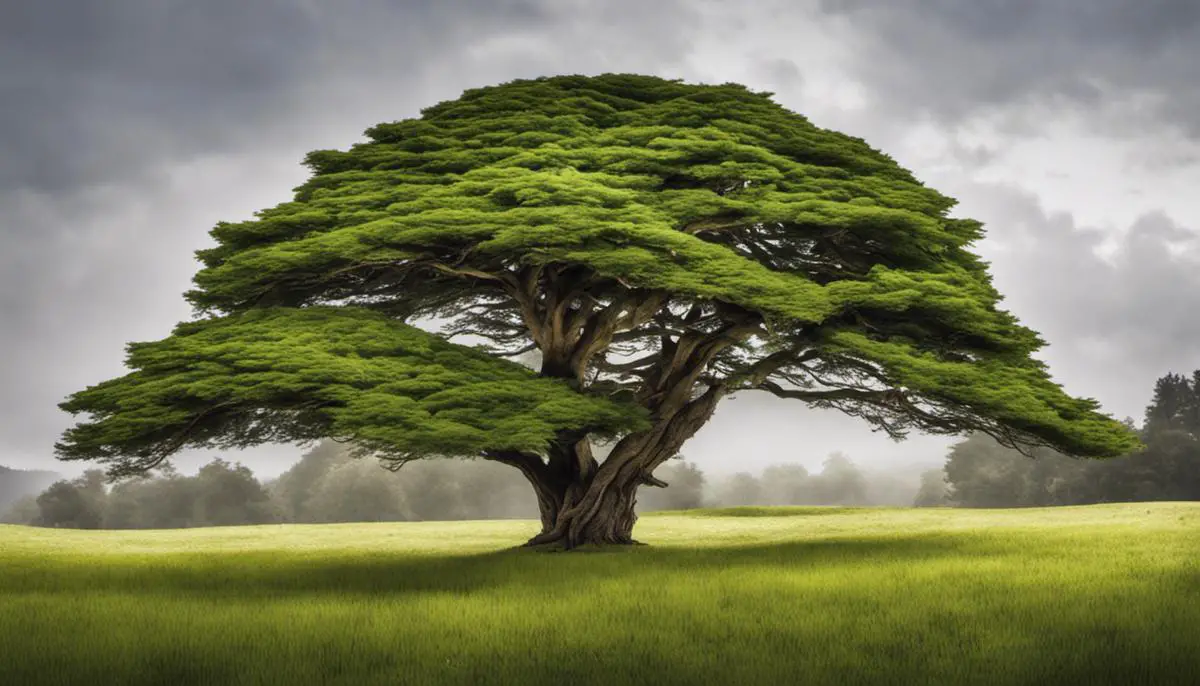
Comparison Between Arborvitae and Cedar
Arborvitae: An In-Depth Examination
Falling under the genus Thuja and being a part of the cypress family, Arborvitae is a group of evergreen trees primarily found in North America and East Asia. Their radiant green foliage accompanied by a pyramidal form makes them a common choice in landscape arrangements. With an exceptional endurance against freezing temperatures, arborvitaes are a preferred choice for garden enthusiasts in frost-prone regions.
Arborvitaes’ foliage color spectrum varies between an invigorating green to a deep blue-green shade, governed by species and environmental factors. Their scaly leaves, growing in sprays, lend the tree a dense, pleasing look. Sizes of an arborvitae diverge considerably from dwarf variants, barely touching 3 feet, to larger species towering up to 30 feet.
Arborvitaes’ growth requirements are minimalistic, thriving in conditions ranging from full sun to partial shade with a preference for well-drained soil. They exhibit a commendable resistance against pests such as bagworms and spider mites, although they have been known to attract deer in rural areas. In general, Arborvitaes need minimal upkeep, with occasional pruning and regular watering being enough to maintain their form.
Cedar Trees: Detailed Characteristics
Cedars are large coniferous trees that belong to the genus Cedrus. These are native to the mountainous regions of the Mediterranean and Himalayas. Like the arborvitae, cedar trees are also favored in landscaping, particularly due to their resistance to drought and diseases.
Typically, cedar trees grow quite large, with some varieties reaching up to 50 feet or more. They have a distinctive, broad pyramidal shape that spreads wide as the tree matures. The foliage color of Cedar can range between a dull blue to dark green, while some varieties sport bright yellow or gold needles.
Cedar trees prefer a sunny spot and well-drained soil, similar to arborvitae. They are recognized for their resistance to pests and most diseases, although they may attract certain pests like aphids and bark beetles. Their maintenance requirements are minimal, much like arborvidae, but they may need more frequent pruning to maintain a specific shape or to control their overall size.
An Overview of Arborvitae and Cedar
When exploring the characteristics of Arborvitae and Cedar trees, several likeness can be discovered in their evergreen leaves, requirement for well-drained soil, sunlight exposure preference, along with relatively good pest resistance and low maintenance needs. However, clear differences are visible primarily in their sizes, shapes and colors. Arborvitaes typically grow to a smaller height and have a relatively narrow form, giving them a distinct pyramidal shape. Cedar trees, on the other hand, are generally larger and wider.
The foliage shade of these trees is quite different as well. The Arborvitae foliage encompasses various shades of green, whereas Cedar trees offer a wider color range that includes blue, green, yellow, and even golden hues. When it comes to pest resistance, while both the trees are fairly resistant, Arborvitaes do attract deer which can damage them.
In landscaping, both trees serve unique purposes. Arborvitaes, with their dense leaves and beautifully shaped form, are often used as privacy screens or windbreaks. Cedars, on the other hand, because of their notable size and diverse foliage colors, are used as central or specimen trees in expansive landscapes. Their woods are also practically utilized – while arborvitae wood is often used for crafting fence posts and shingles, cedar wood, known for its durability and insect repellence, is commonly used in outdoor furniture and fencing.
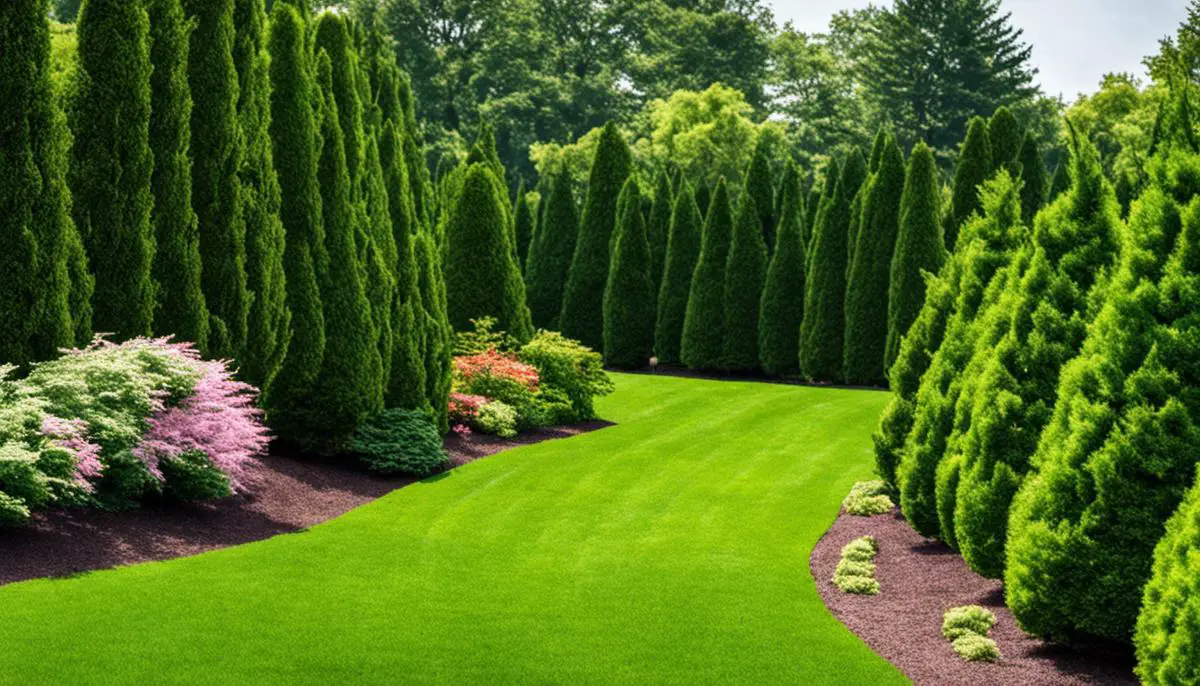
An Aesthetic Comparison of Arborvitae and Cedar
Arborvitae trees, scientifically termed as ‘Thuja,’ carry a characteristic pyramidal shape and have dense, deeply green leaves that layer in flat arrays, providing a delicate touch to their overall appearance. Some varieties even bring forth shades of yellow, gold, or blue-green foliage, adding a pop of color in frosty landscapes.
In contrast, cedar trees, belonging to the Cedrus family, offer a broader variation in their forms, sizes, and colors. These majestic trees can take on pyramid, columnar or spreading shapes and flaunt shades ranging from a soft green to a lustrous silvery-blue. Cedar tree’s needles are generally longer and more sharply pointed than those of arborvitaes, contributing to their sophisticated texture.
Geography and Climate Considerations
Arborvitaes are generally hardier and can withstand a broader range of conditions as compared to cedar trees. They can tolerate extremely cold climates as well as areas that have hot summers, and they don’t mind wet soil conditions. Thus, they are often a good choice for those living in northern climates or areas with a lot of rainfall.
Cedar trees, in contrast, prefer milder climates. They can struggle or fail in extreme cold, heat, or wet conditions. Although they can tolerate a certain amount of drought, they prefer well-drained soil and consistent watering.
Care requirements for Arborvitae and Cedar
Arborvitae tends to be low-maintenance. They don’t require much pruning unless you want to control their size or shape, and they aren’t particularly prone to pests or diseases. When it comes to watering, they prefer moist soil, but once established, they can tolerate some dry conditions.
Cedars are somewhat more needy. They require regular watering, especially during dry spells, and their soil must drain well to prevent root rot. Pruning is necessary to maintain health and shape, and pests and diseases are more of a concern.
Intended Use or Purpose
The intended use of the tree will also play a large role in your decision. Arborvitaes with their dense foliage make excellent privacy screens or windbreaks, while cedar trees due to their varied shapes and sizes make beautiful ornamental trees and also work well for privacy screens.
Remember, both types of trees have many different species and varieties. Therefore, it’s always a good idea to communicate with a local nursery or educational extension service to help identify the best-suited variety for your specific needs. The most suitable choice will depend not only on climate and soil conditions but also on space constraints, aesthetic preferences, and maintenance abilities.
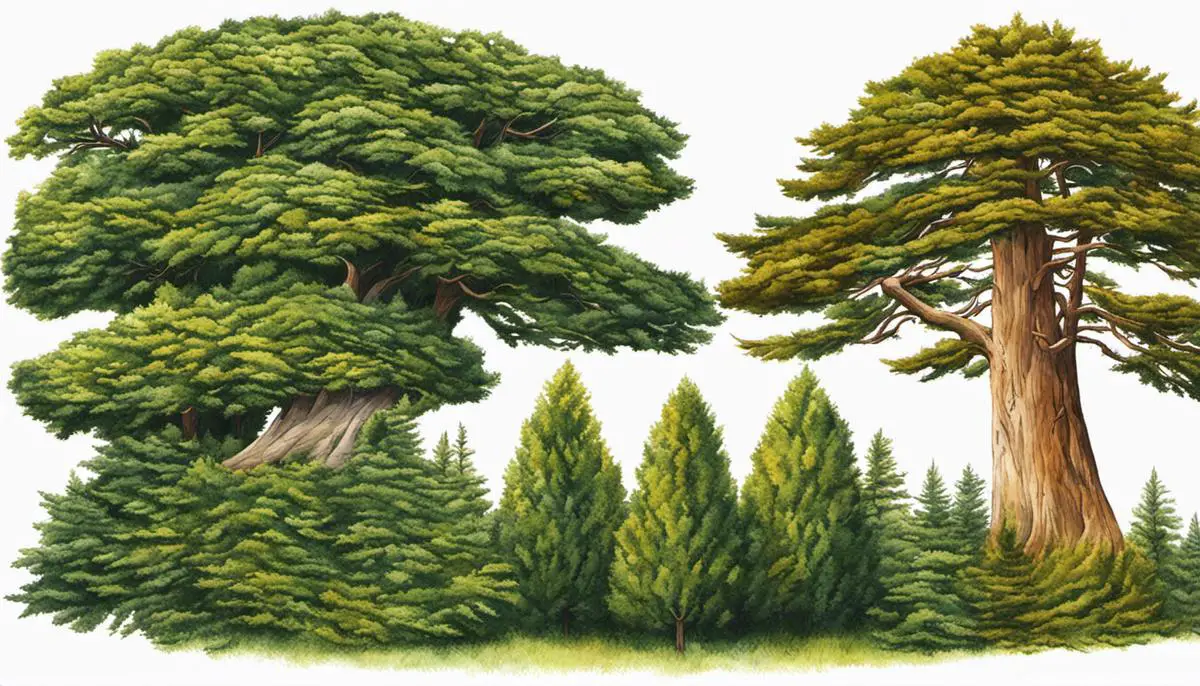
Having delved into the world of Arborvitae and Cedar, we hope you now possess enough knowledge to make an informed decision tailored to your needs. Choosing the right plant for your landscape is not only about aesthetic appeal, but also about the plant’s hardiness, pest resistance, maintenance needs and fulfillment of practical applications. Both Arborvitae and Cedar, with their unique characteristics and strengths, are capable of bringing a distinct charm to your desired space. Remember, it’s about aligning the capabilities of these plants with your specific needs and local geography. Happy gardening!
Writio: AI Content Writer & Tracker – Get high-quality articles for your website, styled your way. This article was written by Writio.

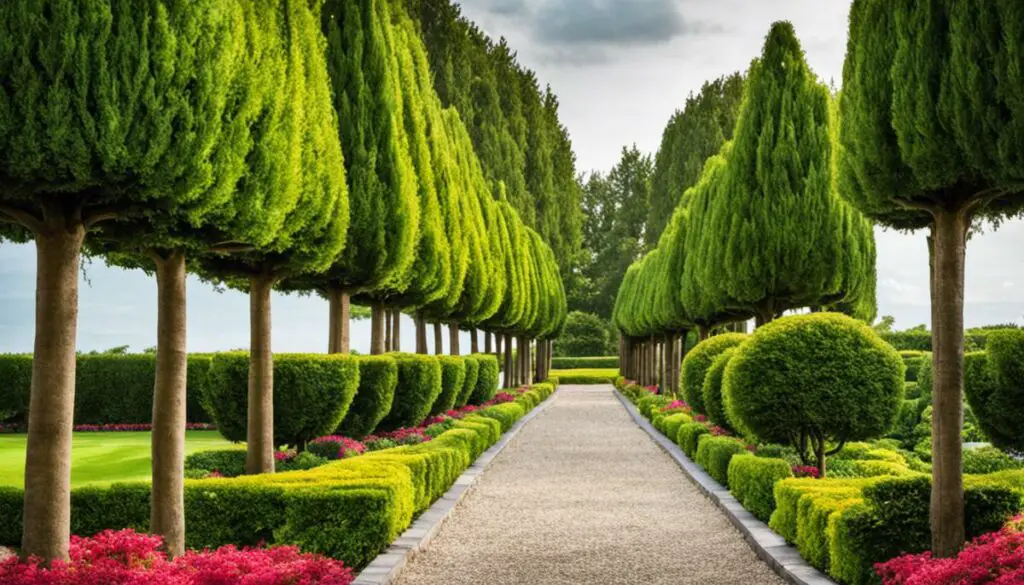

 Dr Ahsanur Rahman, PHD
Dr Ahsanur Rahman, PHD